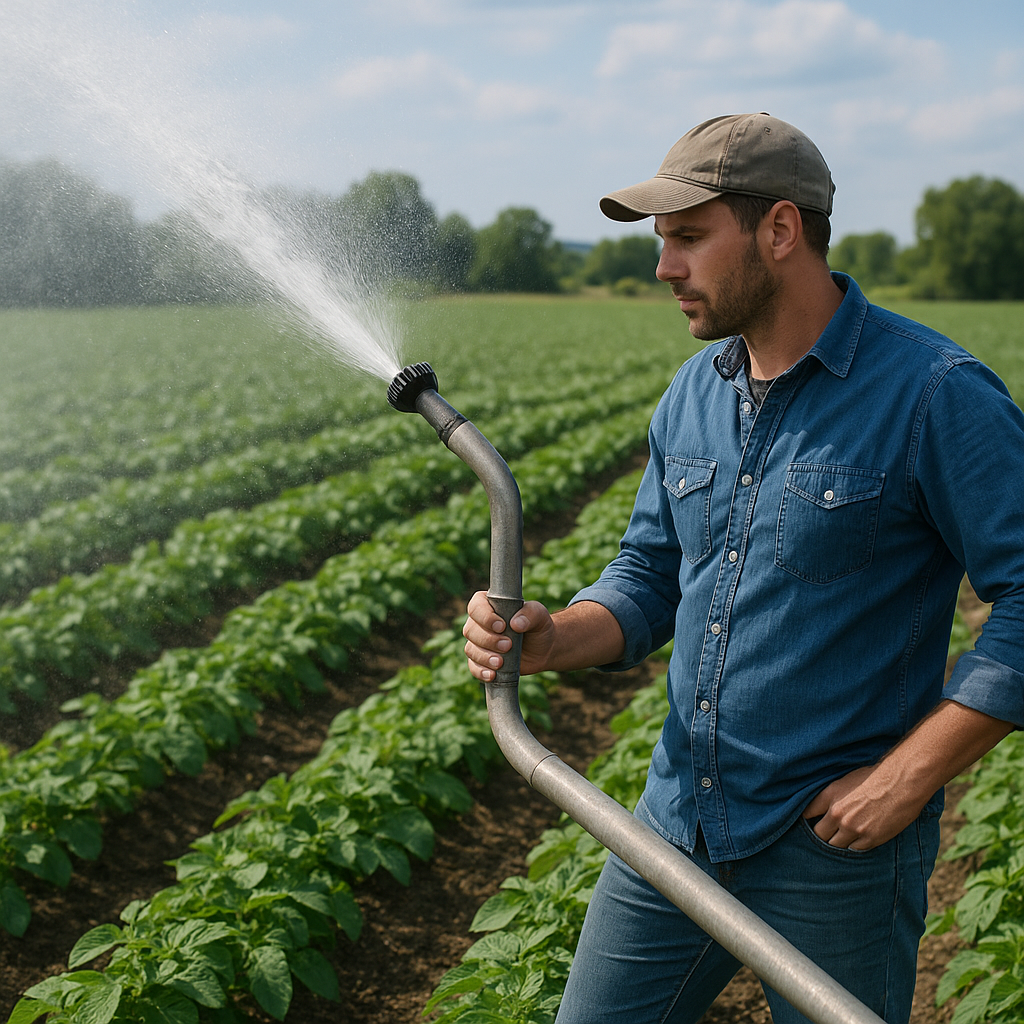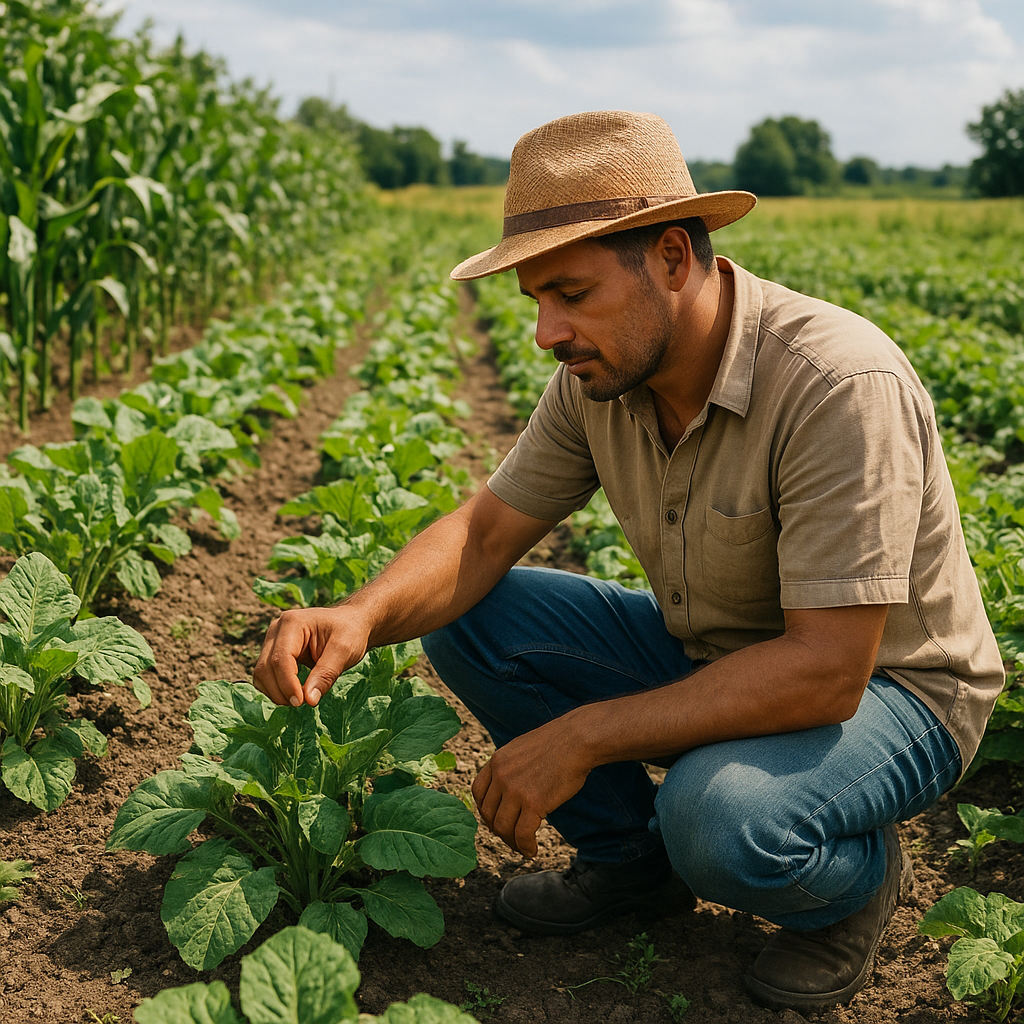
Efficient agricultural practices play a crucial role in preserving scarce resources and ensuring the long-term viability of farms. Implementing water-saving strategies not only reduces costs but also supports environmental sustainability and crop health. This article delves into practical approaches that help farmers significantly cut down on water waste, leveraging both traditional wisdom and modern innovations.
Efficient Irrigation Methods
Proper irrigation lies at the heart of water conservation on the farm. By adopting targeted systems, growers can minimize losses from evaporation, runoff, and deep percolation. Here are several techniques:
- Drip irrigation: Delivers water directly to the plant root zone through a network of tubes and emitters. This method reduces evaporation and ensures precise water application.
- Micro-irrigation: Encompasses localized systems such as micro-sprinklers and bubblers, which emit low-volume water flows at plant canopy height.
- Sprinkler scheduling: Adjust timing to early morning or late evening to reduce evaporation during peak sun hours.
- Smart controllers: Utilize weather data and soil moisture readings to automate irrigation cycles, preventing overwatering.
Installing soil moisture sensors allows farmers to track real-time soil water content. These sensors can communicate with irrigation controllers, activating water only when moisture drops below a preset threshold. The result is a fine-tuned, responsive approach that saves gallons of water each season.
Soil Management and Plant Selection
Healthy soil retains moisture more effectively, reducing the need for frequent irrigation. By improving soil structure and choosing the right crops, farms can boost overall efficiency:
Organic Matter Enrichment
Incorporating compost, cover crops, and green manures enhances soil’s water-holding capacity. Organic materials create pore spaces that store moisture, making it accessible to plant roots.
Mulching Techniques
Applying organic (straw, wood chips) or inorganic (plastic sheeting) mulch forms a protective layer over the soil surface. Benefits include:
- Reduced surface evaporation
- Weed suppression, preventing competition for water
- Moderated soil temperature, promoting root development
Drought-Tolerant Varieties
Choosing plants bred for dry conditions can dramatically lower irrigation demands. Look for cultivars with traits such as deep root systems, waxy leaf coatings, or reduced leaf area, all of which minimize water loss through transpiration.
Water Recycling and Storage Solutions
Turning waste streams into valuable water sources is a key strategy. Farms can capture, store, and reuse water to supplement irrigation:
- Rainwater harvesting: Roof runoff can be diverted into gutters and stored in tanks or ponds. Even small rainfall events yield usable water for crops.
- Reclaimed water: Treated agricultural or domestic effluent, when safe and approved, can irrigate non-food crops or fodder fields.
- Construction of on-farm reservoirs: Small ponds collect surface runoff, providing a reserve during dry spells. Proper lining and maintenance prevent seepage and contamination.
By integrating these sources into an overall irrigation plan, farmers can reduce reliance on groundwater and municipal supplies, leading to sustainable water management across diversified operations.
Monitoring and Technology Integration
Modern technology offers unprecedented control over water use. Embracing data-driven tools empowers farmers to make informed decisions:
Remote Sensing and Drones
High-resolution imagery reveals crop stress patterns, soil moisture variability, and irrigation system performance. Drones equipped with multispectral cameras pinpoint areas requiring attention, avoiding blanket watering.
IoT Networks
Connecting sensors, valves, and pumps through the Internet of Things allows centralized monitoring and automation. Alerts notify farm managers of leaks, blockages, or unusual consumption spikes, enabling quick corrective actions.
Decision Support Software
Platforms that aggregate weather forecasts, soil data, and crop models propose optimal irrigation schedules. They factor in growth stage, evapotranspiration rates, and water availability to prevent both under- and over-watering.
Behavioral Practices and Community Engagement
Technical measures perform best when supported by conscientious behaviors and shared knowledge. Encourage staff to:
- Inspect irrigation systems regularly for leaks and broken emitters.
- Document water usage trends to identify inefficiencies.
- Attend workshops on conservation techniques and emerging technologies.
Collaborating with local agricultural extension services fosters the exchange of practical advice, funding opportunities, and success stories. Community-level investment in water-saving infrastructure—such as shared reservoirs or drip equipment co-ops—can reduce costs and amplify impact.
Ongoing Assessment and Improvement
Water management on the farm is not a one-time effort but a dynamic process requiring regular evaluation. Implement the following cycle:
- Plan: Set measurable goals for water reduction based on baseline usage.
- Act: Deploy chosen irrigation, soil, and technology solutions.
- Monitor: Use monitoring tools to track performance and spot anomalies.
- Review: Analyze data quarterly, adjusting strategies as crops, climate, and technology evolve.
Consistent reassessment ensures that resource conservation remains aligned with farm objectives and external environmental challenges.

